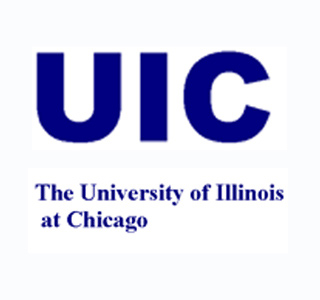
A chemical compound discovered usually in the blood apparently exhibits potential in treating and averting an intractable type of heart failure in a mouse model of the disease. At least this is what scientists from the University of Illinois at Chicago College of Medicine claim.
In heart failure, the heart cannot pump efficiently and apparently does not meet the body’s requirement for blood and oxygen. Actually, it is believed to be two diseases, each with about half of all patients. Systolic heart failure may take place when the heart may not be able to contract efficiently. In diastolic heart failure, the heart apparently cannot unwind post contraction.
“Although we have a number of treatments for systolic heart failure, there are no approved treatments at all for diastolic heart failure, a deadly disease with a 60 percent mortality rate five years after diagnosis,†commented Dr. Samuel Dudley, professor of medicine and physiology at UIC and chair of the section of cardiology,
Hypertension appears to be the reason in the overwhelming bulk of diastolic heart failure cases.
Dudley mentioned, “We know from previous studies that nitric oxide (NO) is necessary for blood vessel relaxation. And that hypertension can lead to a decrease of NO in blood vessels.â€
Dudley and his colleagues acknowledged that, in blood vessels, the issue appears to be exhaustion of a chemical known as tetrahydrobiopterin, or BH4, which seems to be required for the tissues to craft NO.
Dudley remarked, “We decided to try thinking of the heart as a huge blood vessel that might also be unable to make the NO it needed due to long-term hypertension, and see if adding BH4 could make a difference.â€
They discovered that after the mice received BH4, they could avert diastolic heart failure from developing and also reinstate function to the heart following the fact.
The study is published in the February issue of Circulation.
